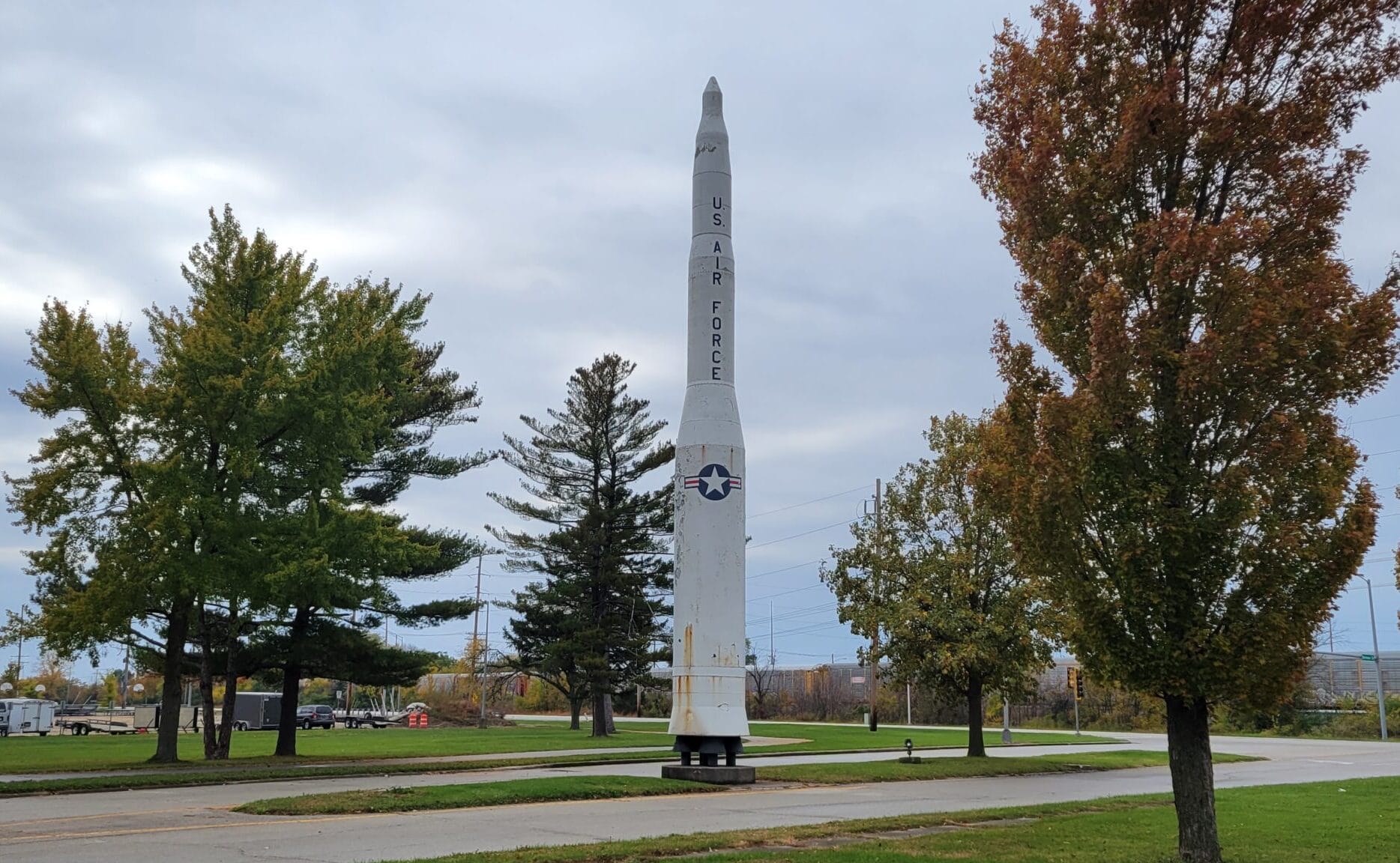The Untold Origin of the Tuskegee Airmen

Picture this: the rolling plains of central Illinois, 1941. Amidst cornfields and soybean farms, a different kind of seed was being sown - one of courage, defiance, and skyward dreams. At Chanute Field, now Chanute Air Force Base, a group of young Black men embarked on a seemingly impossible journey: becoming the first African American military aviators in history. These were the Tuskegee Airmen, and their story, rooted in Rantoul, Illinois, transcends state lines and echoes through the annals of American history.
From Chanute to Tuskegee: A Dream Takes Flight
The path to Tuskegee did not begin in Alabama, but in Illinois. Facing rampant racial discrimination, President Franklin D. Roosevelt reluctantly signed Executive Order 8802 in 1941, mandating equal opportunity in defense industries and the armed forces. This opened a narrow window for Black Americans yearning to serve their country in the air.
Chanute Field, a bustling training center, became the unlikely starting point. Here, 13 cadets, dubbed the "Chanute Experiment," received their initial flight training. Overcoming prejudice and logistical hurdles, they proved their mettle, paving the way for the Tuskegee Army Air Field program.
Beyond Just Pilots: The Unsung Heroes of the Program
While the spotlight often shines on the pilots, the Tuskegee Airmen were far more than just skilled aviators. They were navigators, bombardiers, mechanics, instructors, nurses, and support personnel - a diverse tapestry of talent and dedication. Each individual, facing discrimination and segregation, contributed their unique skills to ensure the success of the program.
From Skepticism to Success: Taking to the Skies and Defying Expectations
Despite their talent and commitment, the Tuskegee Airmen faced constant skepticism from within the military establishment. They were initially relegated to non-combat roles, reinforcing racist stereotypes. But their determination was unwavering. Through rigorous training and countless obstacles, they shattered preconceived notions.
Finally, in 1943, the 332nd Fighter Group and the 477th Bombardment Group (Medium) deployed to the Mediterranean theater. Their performance was nothing short of extraordinary. They escorted bombers deep into enemy territory, protected Allied forces, and destroyed enemy aircraft with remarkable skill and bravery.
More Than Just Victories: A Legacy of Inspiration
The Tuskegee Airmen's record was impressive. They flew over 15,000 sorties, destroyed over 260 enemy aircraft, and earned countless accolades. More importantly, they defied racial barriers and proved that Black Americans were capable of excellence in any field. Their impact went far beyond the battlefield, paving the way for civil rights advancements and inspiring generations to come.
Remembering Rantoul: A Place Where a Dream Took Flight
Today, Chanute Air Force Base stands closed, its runways silent. But its legacy lives on. A memorial at the site commemorates the "Chanute Experiment" and the pivotal role it played in the Tuskegee Airmen's story. It serves as a powerful reminder that even in unlikely places, dreams can take flight, fueled by courage, determination, and unwavering belief in equality.
The Tuskegee Airmen's story is not just about the past; it's a call to action for the present. Their courage and resilience serve as an inspiration to challenge discrimination in all its forms and strive for a more just and equitable society. As we stand on the shoulders of these giants, let their legacy propel us forward, reminding us that together, we can soar above our limitations and reach for the skies.
Additional Interesting Facts:
- The Tuskegee Airmen never lost a single bomber to enemy fighter action while escorting them on missions.
- They were awarded three Distinguished Unit Citations, the second-highest unit award in the U.S. military.
- Several Tuskegee Airmen went on to become prominent figures in aviation and civil rights advocacy, including General Daniel "Chappie" James, Jr., the first Black four-star general in the U.S. Air Force.
- The National Museum of the United States Air Force in Dayton, Ohio, has a dedicated exhibit honoring the Tuskegee Airmen.
I visited Chanute Air Force Base prior to its closing (it was closed years ago due to government cutbacks on military spending).

It was at Chanute that I first saw the Thunderbirds perform and had the opportunity to tour a C-5 Galaxy, the largest Cargo plane on earth. Having said that, it’s remarkable that the Tuskegee Airmen originated from Chanute AFB in the middle of Central Illinois, a friendly area, but lacking diversity. If you ever have the urge to learn about a small part of our nation’s rich history, I encourage you to familiarize yourself with both the Tuskegee Airmen and Chanute AFB, both special in their own ways.





